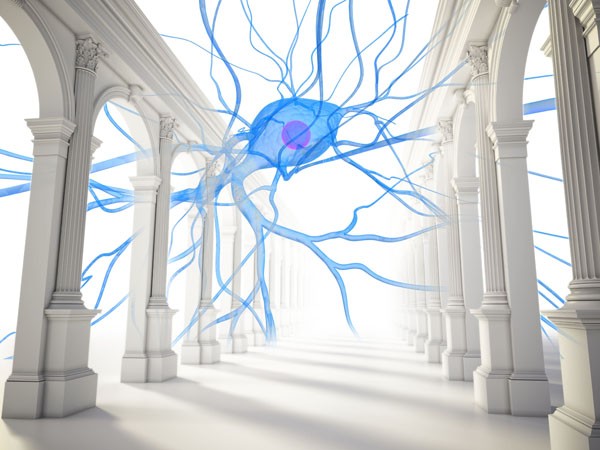Do Cats Collapse the Wave Function? Confronting the Measurement Problem with Subliminal Priming
Abstract
Two experiments were conducted to address the measurement problem in quantum mechanics by leveraging the effects of subliminal priming, a well-developed research paradigm in cognitive psychology, to determine if conscious observation causes the wavefunction to collapse. In both experiments stimulus primes derived directly from patterns in a local source of radioactive decay were flashed on a screen for a duration of time too brief to be consciously experienced. They were immediately followed by a stimulus that participants were asked to rapidly respond to. The stimulus was designed to be congruent with some primes and incongruent with others. If observation caused collapse, the primes, having been shielded from observation, should continue to exist in a state of superposition based on the radioactive decay from which they were derived. Before the participants took the reaction time test, a third of the primes were observed by the experimenter, a third remained completely unobserved, and a third were observed by a cat. If consciousness caused collapse, shorter response time differences would be expected in the primes that remained unobserved as opposed to those previously exposed to observation. Consistent with previous research, primes subjected to prior human observation had a greater effect on reaction time than those that were denied that observation. Primes previously observed by the cat did not have any greater effect than those that remained completely unobserved, a finding which suggests that wave function collapse may be tied to a feature of human consciousness which is not universally shared.
Keywords:
consciousness, quantum wave function, measurement problemDownloads
Metrics
References
Aspect A. Bell's inequality test: more ideal than ever. Nature. 1999;398:189-190.
Beck F, Eccles JC. Quantum processes in the brain: A scientific basis of consciousness. Cogn Stud Bull Jpn Cogn Sci Soc. 1998;5(2):95-109.
Berkeley G. A Treatise Concerning the Principles of Human Knowledge. Philadelphia, PA: J.B. Lippincott & Co.; 1881.
Bohm D. Wholeness and the Implicate Order. London, UK: Routledge; 1980.
Chalmers D. Facing up to the problem of consciousness. J Conscious Stud. 1995;2(3):200-219.
Downloads
Published
How to Cite
Issue
Section
Categories
License
Copyright (c) 2025 Richard James Lucido

This work is licensed under a Creative Commons Attribution-NonCommercial-ShareAlike 4.0 International License.
Authors continue to hold copyright with no restrictions.














